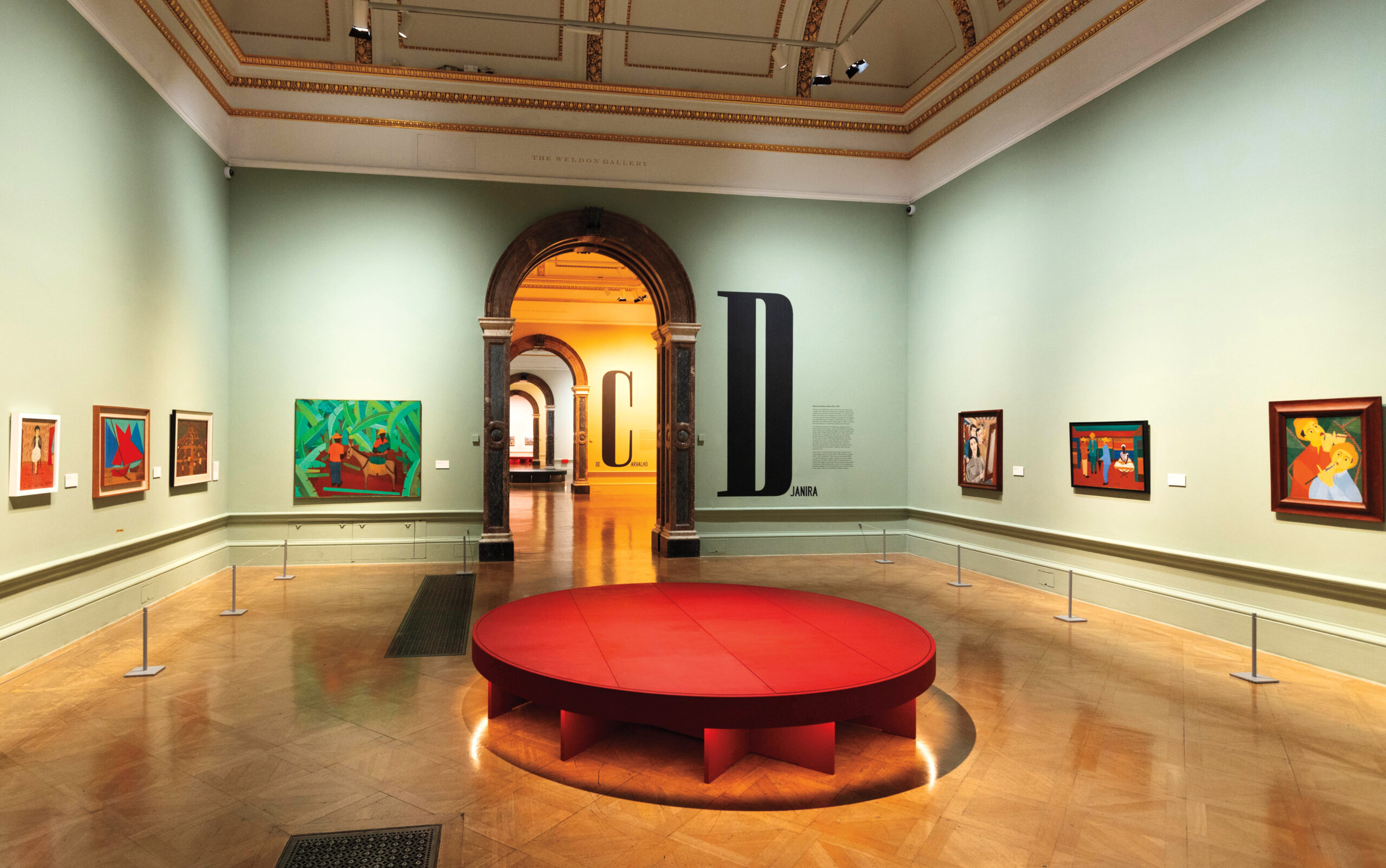Brazil Update: Building and Modernizing Critical Infrastructure
Brazil Update: Building and Modernizing Critical Infrastructure
To increase the country’s competitiveness and prepare for upcoming mega-sporting events, Brazil’s government plans an overhaul on airports, railways, roads, and ports.
Despite holding the title as Latin America’s largest economy, Brazil continues to face a competitiveness challenge known as the “Brazil cost,” a combination of limited infrastructure, high taxes, and bureaucracy. In the World Economic Forum’s 2012-2013 Global Competitiveness report, Brazil ranked at spot 107 out of 144 countries for quality of infrastructure—falling three spots from the previous year. A 2012 Fundação Dom Cabral study found that Brazilian companies spend around 13 percent of total costs on transportation, nearly double that of companies in the United States.
The government now hopes to upgrade the country’s infrastructure through a mixture of public and private investments, including privatizing airports, roads, and railways. Brazil’s development bank plans to double its investments in transportation to $10 billion by 2015, and to spend $100 billion on infrastructure over the next decade. The private sector is on board, too. Some of Brazil’s largest banks intend to increase infrastructure investments this year. Infrastructure development ahead of the 2014 World Cup and 2016 Olympic Games has also helped attract international investors.
This year, the government plans to hold auctions for private airports, highways, and railways, as well as open ports to private investment. Rousseff said in her annual message to Congress issued February 4, that: “In 2013, Brazil will surely lay another brick in the extraordinary and historic construction effort of a more competitive economy.”
Taking Off: Airport Expansion
With airport traffic more than doubling in the last decade, the government began working to expand Brazil’s aging airports, starting privatizations last year. In February 2012, the government raised $12.3 billion to privatize three of the country’s largest airports in Brasilia and São Paulo. Expansion is underway at Guarulhos, the country’s largest airport, which hasn’t seen a new runway or terminal since it first opened in 1985—despite doubling in traffic since 2006. In September, the government will hold a concession round for two international airports in Belo Horizonte and Rio de Janeiro, aiming for $5.7 billion in private investment.
The government also wants to expand airport infrastructure in Brazil’s interior. In December, Rousseff said she wants to build 800 regional airports in smaller cities throughout the country. Earlier this year, she announced a $3.6 billion investment drive to upgrade 270 regional airports, as well as tax exemptions for smaller airports. She noted that in 2012, 180 million passengers traveled through Brazilian airports.
All Aboard: Upgrading Brazil’s Railways and Roads
Two-thirds of goods in Brazil are transported by highway, though it can take up to three times as long for them to reach their destination as in China. Since dilapidated roadways pose a challenge to Brazilian industries, particularly commodities producers, highways connecting agricultural centers to ports and major cities are due for renovations.
In August, Rousseff announced the privatization of 10,800 miles of Brazilian roads and railways, with the goal to raise $65.6 billion over 25 years. The plan would give Brazil "infrastructure compatible with its size," Rousseff said. In an effort to attract investors, Finance Minister Guido Mantega announced on February 5 that the government had increased the concession and financing periods. Bidding on two major highways will take place by the end of June, Mantega said.
Railway auctions are slated to take place in April and June this year. The government isn’t only targeting industrial lines that transport everything from grains to oil—passenger lines are also on the agenda. Though behind schedule, a proposed bullet train linking Rio de Janeiro and São Paulo attracted interest from seven companies prior to the concession in September this year. The $17.6 billion railway is expected to begin operating in 2020.
Setting Sail: Modernizing Ports
Over 90 percent of Brazil’s trade takes place in the country’s ports, amounting to $482 billion last year. But some observers say limited capacity, high costs, and delays at the country’s 34 ports weaken competitiveness, especially as port traffic is expected to quadruple by 2030. In early December, Rousseff announced a $26 billion initiative to modernize the ports through public-private investment, as well as offering 25-year concession contracts to run port facilities. In the southeast region, including Rio de Janeiro and São Paulo, ports are working at nearly 100 percent capacity. Six of the country’s largest ports—including Santos, the largest port in Latin America by value of goods—are due for modernization. In addition, the government aims to build a new port in the Amazon city of Manaus and a deep-water port in oil-producing Espirito Santo state.
Getting Around: Urban Mobility
On the local level, new urban transport networks and expansion of existing lines are on the agenda prior to the country’s mega-events. In São Paulo, a $9.2 million regional train consisting of 258 miles of lines will be built to connect the country’s largest city with its metropolitan area. The city will also expand its metro: it opened bidding for its sixth line this month. In Rio, a bus rapid transit system inaugurated its first line in June, with new stations opening in late December. Construction began on the city’s fourth subway line in 2010 and is due for completion in 2015. Similar projects are underway in the country’s capitals, ranging from a new metro in Recife to dedicated bus lanes in Brasilia.








